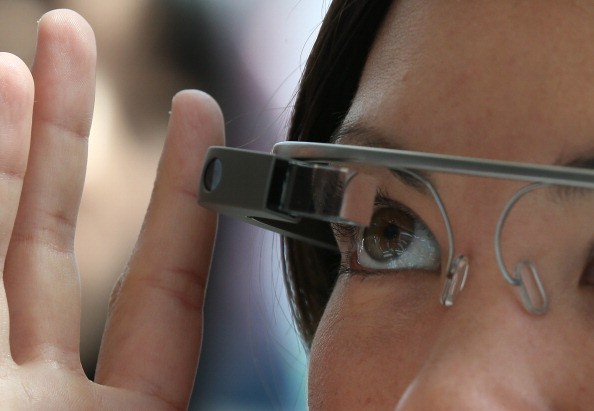
Google Glass, also known as Project Glass, is a type of wearable technology with an optical head-mounted display developed by GoogleX, the facility within Google devoted to technological advancements–like the Google driverless car. Google Glass displays information in a smartphone-like hands-free format that allows wearers to access the Internet, take photos, record video, and call and text contacts via natural language voice commands. In April of last year, Google started selling Google Glass to qualified “Glass Explorers” for a limited period in the United States for $1,500. Plans for a general consumer release of Google Glass remain unknown, while negative press and skepticism on whether the technology is fit for the consumer market continue to cloud when and how it will be released. Read on to find out this year’s top five Google Glass news stories.
5. A Stylish Upgrade
In March of this year, Google announced that Google Glass will be getting some help in making its optical head-mounted display a bit more stylish. Italian eyewear designer Luxottica, which owns popular brands like Ray-Ban and Oakley, plans to design and sell new versions of Google Glass in an attempt to “give birth to a new generation of revolutionary devices” and “combine high-end technology with avant-garde design.”
4. Security and the Cyborg Unplug
Cyber forensics experts at the University of Massachusetts have developed a way to steal passwords entered on a smartphone or tablet by using a software that traces the movement of fingertips recorded by Google Glass–a device that has already been targeted by privacy advocates. However, devices like the Cyborg Unplug–billed as a “wireless anti-surveillance system”–help users avoid being sniped in public by blocking surveillance devices like Google Glass.
3. Healthcare Applications
Not only can Google Glass provide instant fitness feedback by monitoring stress levels and biological signs like heart and breathing rates, but it can also provide doctors and surgeons with new and efficient applications that help make their jobs easier. Start ups like Augmedix and Wearable Intelligence were launched earlier this year and allow doctors and surgeons to focus more on medicine and less on paperwork while also delivering key clinical information when and where its needed.
2. Google Glass in Nepal
The World Wildlife Fund, or WWF, recently concluded a series of successful experiments in Nepal that integrated an ID-based wearable monitoring system with Google Glass and unmanned aerial vehicles to track endangered rhinos, tigers, and elephants in the effort to end poaching and the illegal trade of wildlife. Nepal is planning to launch the technology on the ground later this year, revolutionizing the concept of “smart patrolling.”
1. Sony’s “SmartEyeglass”
Google Glass has finally been met with some competition. Sony’s SmartEyeglass is the tech company’s own take on wearable technology. Featuring holographic display technology, the SmartEyeglass has lenses that are 85 percent transparent, which allows information to be directly overlaid within the wearer’s direct field of vision rather than being projected on a prism above the eye. Also featuring a high-quality image sensor, a three-megapixel camera, an integrated accelerometer, a gyroscope, an electronic compass, and a microphone, the SmartEyeglass is planned to hit the market by March of next year.
Photo by Justin Sullivan/Getty Images
